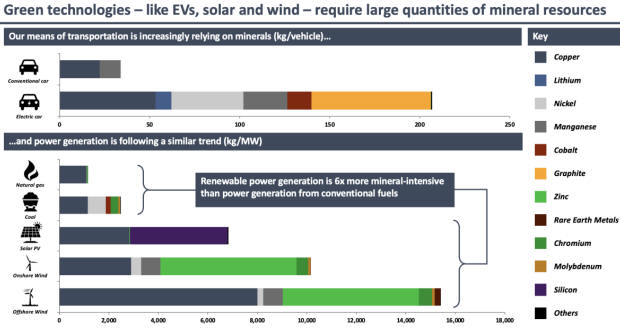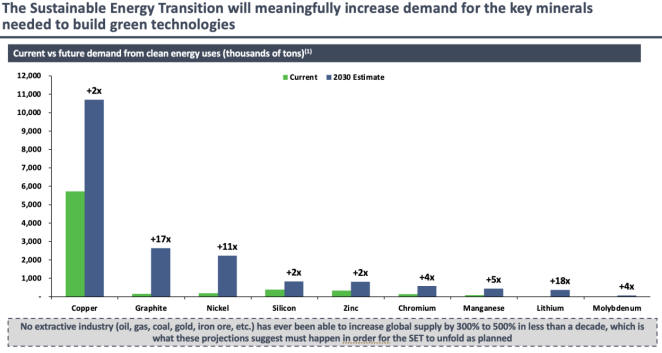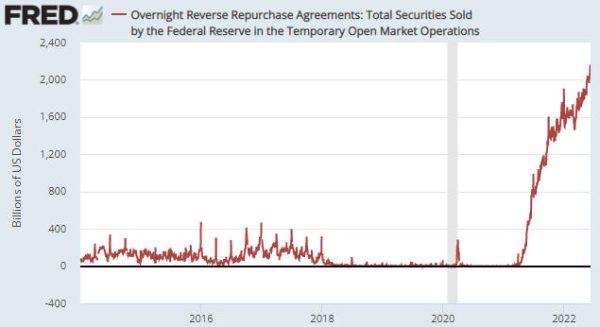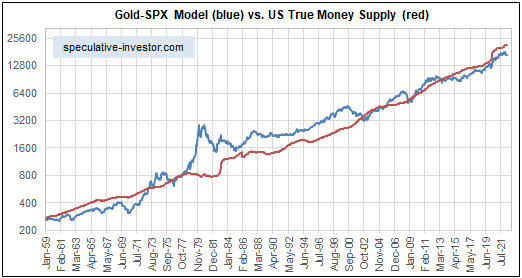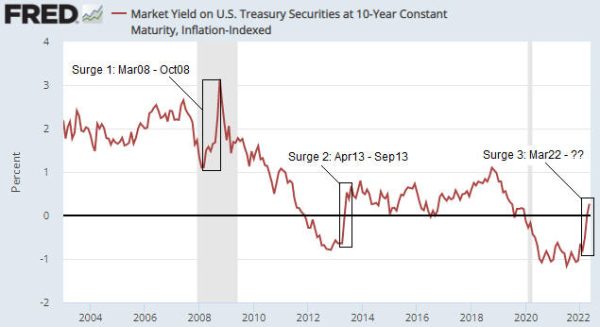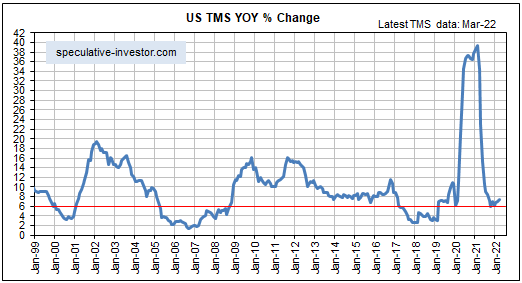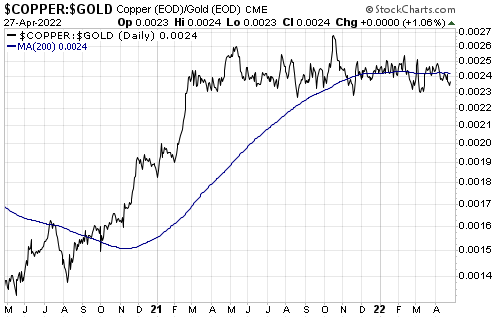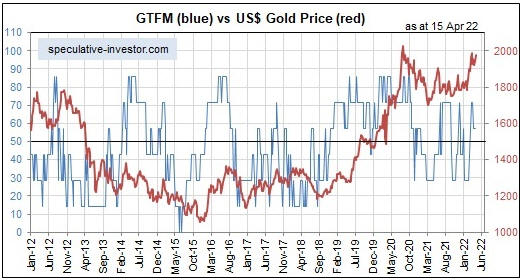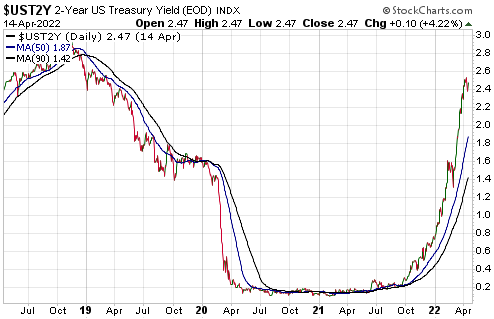[This blog post is a brief excerpt from a recent TSI commentary]
Over the past few weeks the financial markets have celebrated the signs of declining “inflation”, the thinking being that the evidence of an inflation reversal will lead to a Fed pivot in the short-term. This line of thinking is wrong in two critical ways.
The first way it is wrong is that the Fed’s leadership appears to have its eyes firmly fixed on the rear-view mirror. Although there is now a CPI downtick in the rear-view mirror, base effects (the CPI increases that will remain in the year-over-year calculations for months to come) ensure that the headline CPI growth numbers will remain elevated for at least the remainder of this year. For example, even though inflation most likely has peaked on an intermediate-term basis, the numbers that will stay in and drop out of the year-over-year calculations each month mean that there is almost no chance of the year-over-year CPI growth rate dropping below 6% sooner than the first quarter of next year. In fact, the year-over-year CPI growth rate reported for each of the next three months probably will still have an ‘8 handle’.
Therefore, for months to come the Fed is going to be seeing annual CPI growth rates near multi-decade highs, which will encourage it to continue tightening.
The second way it is wrong is that even after the Fed’s leadership starts to feel confident that inflation is heading towards a level that it deems acceptable, there won’t be an immediate policy reversal. Instead, the following sequence is likely:
1) The pace of rate hiking will slow
2) The rate hiking will stop
3) The balance sheet contraction (QT) will stop
4) Rate cutting will begin
5) Balance sheet expansion (QE) will begin
At the moment Step 5 is probably at least eight months into the future. In the 2007-2009 bear market and recession, the bear market didn’t end until about six months AFTER step 5.
This suggests to us that asset prices in general and the stock market in particular will face monetary headwinds until at least the first quarter of next year, and that monetary conditions will not be ripe for a new equity bull market any sooner than the second half of next year. In the meantime there will be rebounds to lower highs followed by declines to lower lows.
 Print This Post
Print This Post

